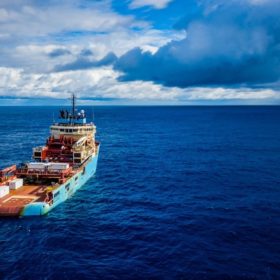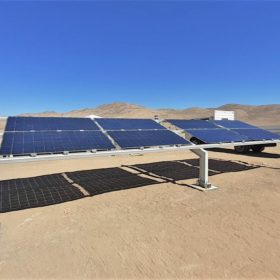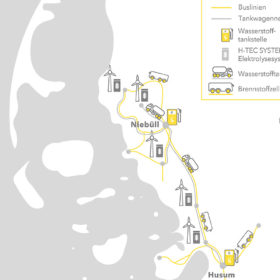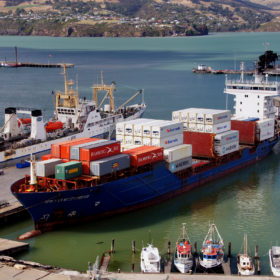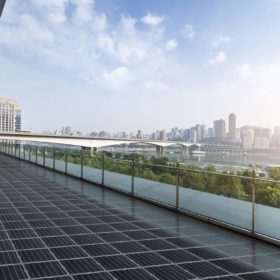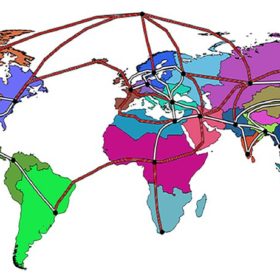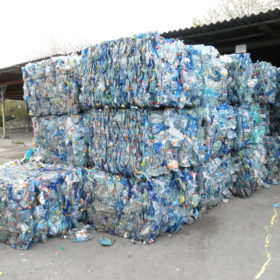Is deep-sea mining eco-friendlier than land-based mining?
The International Seabed Authority will change regulations for deep-sea mining this year. The ocean floor is covered with potato-sized pebbles containing high levels of cobalt, manganese, nickel and copper – materials that could soon be in short supply as the energy transition progresses.
Bifacial panel made in Chile
Atamostec, a private-public initiative supported by Chile’s government-run Production Development Corp. and several industrial partners, has developed a new module. The team claims that the bifacial panel offers an additional annual average gain of 11% compared to monofacial PERC modules with the same cell technology.
Lowering PV panel temperature with phase change materials
A group of researchers from India is trying to apply a special phase change material to regulate temperature in copper, indium and selenium solar panels. Phase change materials are substances that are capable of storing thermal energy, allowing for the stabilization of temperature.
North German pilot hydrogen project gets cash boost
German company GP Joule wants to build hydrogen transport infrastructure in North Friesland. The electricity generated by five wind farms in the region will be converted to green hydrogen to be delivered to filling stations in Husum and Niebüll and used by two fuel-cell buses and five cars.
France makes 44 GW solar target official
Today’s edition of the Official Journal of the French Republic featured two long-awaited decrees: One concerning the multi-year energy program and another on national carbon budgets and the state’s low-carbon strategy.
The raw materials needed for the European Green Deal
A team tasked by the European Commission with estimating the raw material requirements of the European energy transition found if global PV roll-out is high, and the component requirements of certain solar technologies don’t improve by a greater margin, some elements could end up in short supply.
Solar pavement for outdoor applications
Hungarian tech company Platio has developed solar pavement for outdoor applications in urban environments, homes, office buildings, shopping malls, and public infrastructure projects. The pavement consists of solar tiles that may cost between €50 and €80, depending on the size and characteristics of projects.
Global supergrid vs. regional supergrids
Researchers from Finland’s Lappeenranta University of Technology have assessed the economic advantages of a fully interconnected global network. They found that an international grid could contribute to a global LCOE of €52.50/MWh. The higher complexity of such a system, however, would only be marginally compensated by additional economic benefits.
Instant battery electrodes – just two minutes in the microwave
Scientists in the United States have used microwaves to convert ubiquitous plastic packaging material polyethylene terephthalate into a battery electrode component. The researchers say anodes based on the material could be suitable for both lithium-ion and sodium-ion devices.
How much dust is enough?
A U.K. study has identified 13 soiling agents with differing effects on light transmittance. Researchers found some dust particles were able to degrade photovoltaic performance by as much as 98%.
